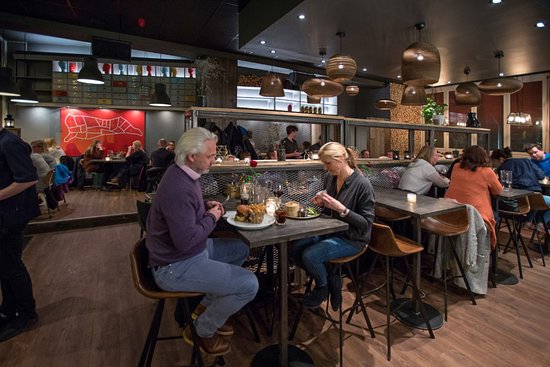Eastern Norway
WELCOME TO Eastern Norway
County Overview
Oslo
96,972 km2
2,773,248
Norwegian
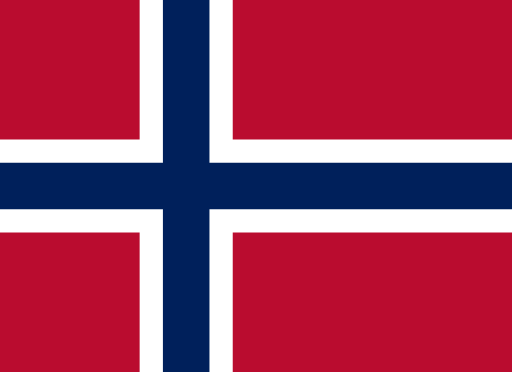
Popular
Geography and Tourist Attractions
Information about the province's tourist attractions, including popular destinations, events, and activities.

Oslofjord

Jotunheimen National Park

Lillehammer Olympic Park
Political
Economy and Government
Eastern Norway is the most populous and prosperous region of Norway, home to major cities such as Oslo, Drammen, and Fredrikstad. The region is a hub for trade, business, and innovation, with a diverse economy that includes industries such as technology, finance, manufacturing, and services.
The Norwegian government plays a significant role in the region's economy, investing heavily in infrastructure and public services. The region is also home to many important institutions and organizations, such as the Norwegian University of Science and Technology and the Oslo Stock Exchange.
In recent years, the region has experienced steady economic growth and low unemployment rates. The government has implemented policies aimed at promoting innovation, entrepreneurship, and sustainability, with a focus on renewable energy and environmentally friendly initiatives.
The Eastern Norway Regional Health Authority, responsible for healthcare in the region, is one of the largest employers in the area. The region is also home to numerous research institutions and startups, contributing to its reputation as a hub for innovation and technology.

History
History and Culture
The history and culture of Eastern Norway are rich and diverse, with a unique blend of traditional and modern influences. The region has been inhabited for thousands of years, with evidence of ancient settlements and artifacts dating back to the Stone Age.
During the Viking Age, Eastern Norway was an important center of trade, with the cities of Oslo and Tønsberg serving as major trading hubs. The region played a significant role in the Norwegian struggle for independence from Denmark in the 19th century, and many historic sites and landmarks commemorate this important period in Norwegian history.
Today, the region is a vibrant center of culture, art, and music, with numerous museums, galleries, and performance venues showcasing the work of local and international artists. The Oslo Opera House is one of the most iconic landmarks of the region, known for its innovative architecture and world-class performances.
Eastern Norway is also known for its unique cuisine, with a focus on fresh, locally sourced ingredients and traditional Norwegian dishes such as smoked salmon, reindeer meat, and cloudberries. The region's festivals and celebrations, such as the Oslo Jazz Festival and the Mela Festival, attract visitors from around the world and showcase the rich cultural heritage of Eastern Norway.
HOTELS
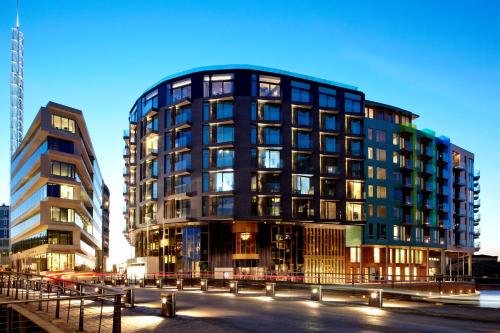
The Thief
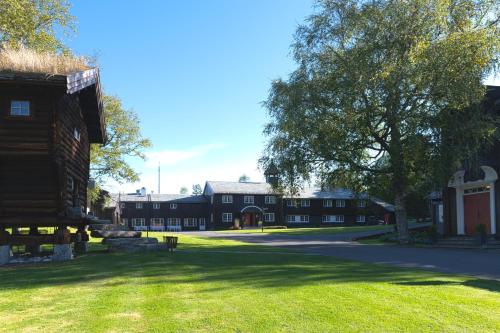
Lysebu Hotel
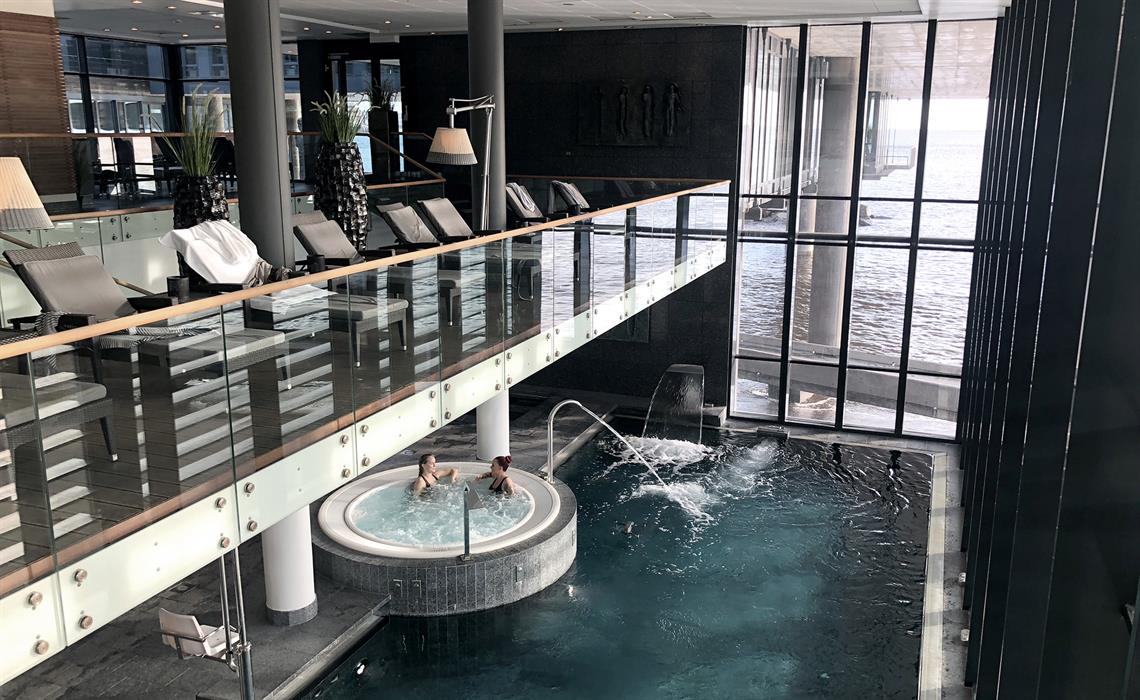
Farris Bad
RESTAURANTS
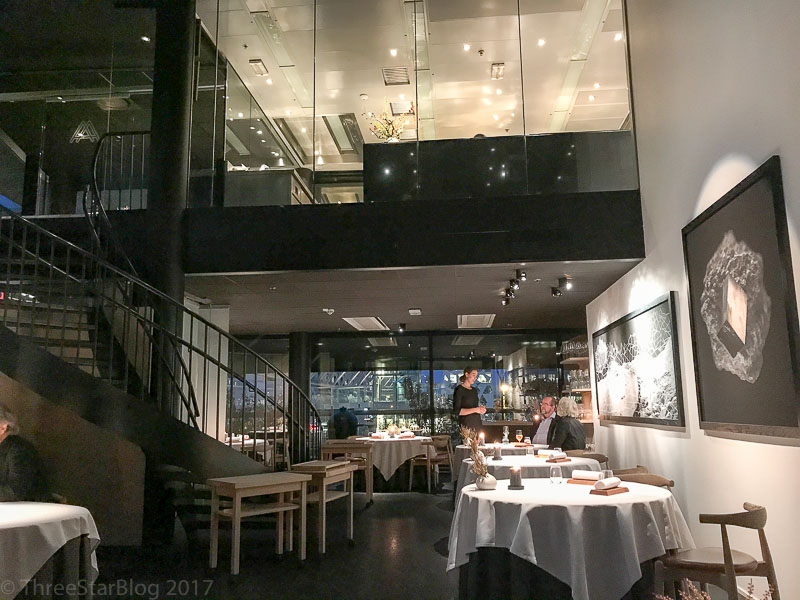
Maaemo

Sabi Sushi
